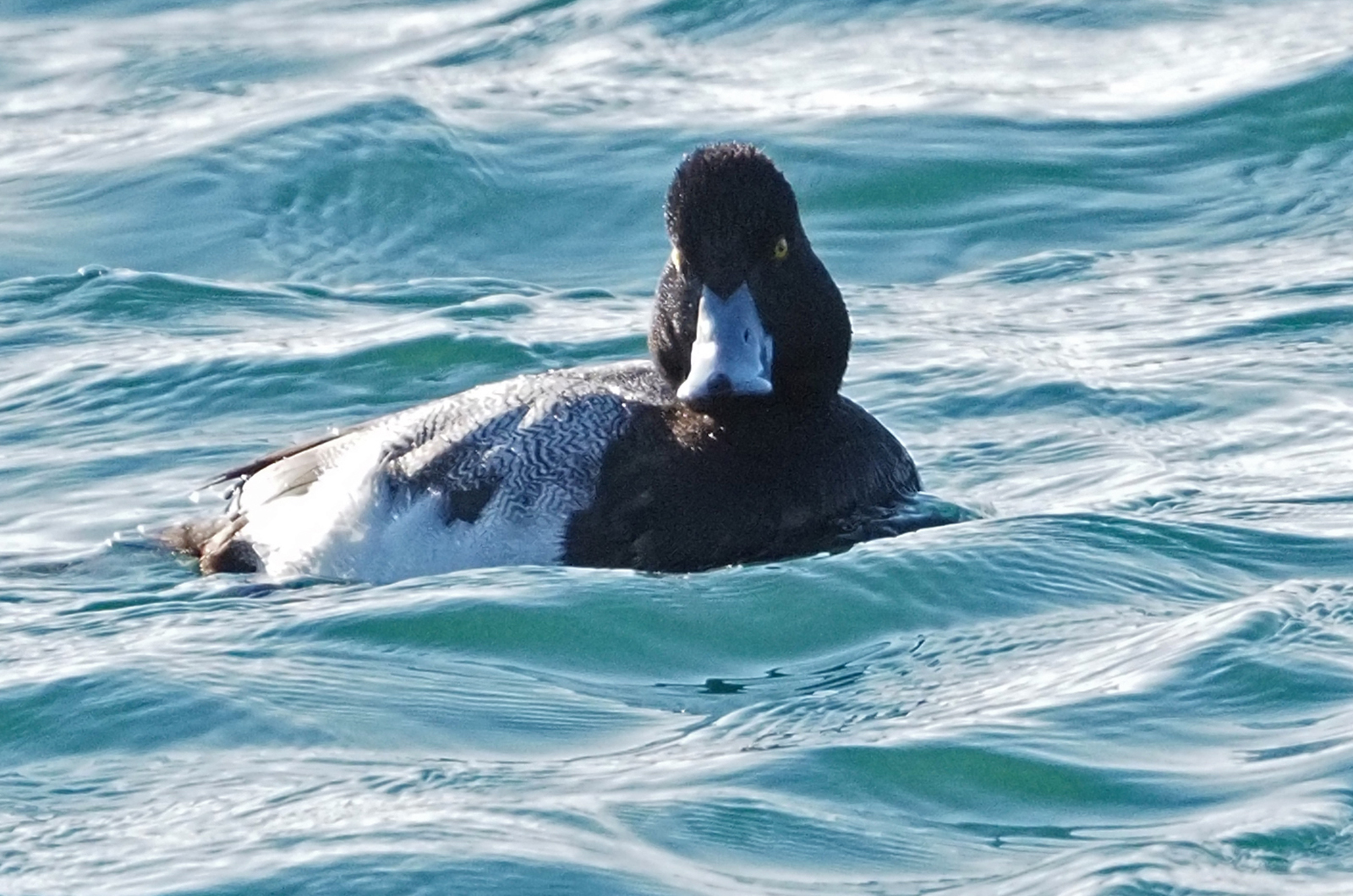We have had a string of less than ideal weather during recent Christmas Bird Counts. Rain and wind have dominated with two side effects. First, what bird in its right mind would venture out in such weather? Yes, I hear you saying ducks. And second, what birder is gung-ho to go out and spend a day in the rain trying to find birds that are hiding deep within protected areas?
Not again, I thought. During the week prior to the count the weather forecasts predicted rain throughout much of the New Year’s Day — a discouraging prediction for our chosen count day. In the 62-year history of the Count, we have only postponed it once and that was because of a snowstorm the day and night before it, making travel difficult.
During the last few days of 2022 the forecasts started predicting that the rain would end in the early morning of count day. Then on New Year’s Eve, the forecast was for the rain to end around 2 a.m., well before even birders are out and about. Maybe our wishes would come true!
The rain ended well before we ventured out at dawn on Jan. 1. We could see the sun starting to rise just before 6:30 a.m. as my crew headed out to Long Point. And even better; the temperatures were warm, around 50 degrees Fahrenheit. So would the benign weather allow us to find and count both more birds and a wider variety of species?
As my crew walked out toward the opening into Tisbury Great Pond — more than a mile of walking — we could see that light fog obscured distant points. But it soon burned off for us and we were birding with warm temperatures and mostly sunny skies. Without being bundled up in winter parkas or raincoats!
Other crews were not so lucky. Tony Lima — who covered Norton Point, Wasque and Cape Pogue — reported that early in the morning the fog was so thick at Norton Point that he could not see mainland Katama from the beach. It is an understatement to say that it is hard to count birds with such limited visibility. By the time Tony left the beach, the fog had lifted at nearby Katama Farm. Squibnocket and Aquinnah were similarly enshrouded in fog until mid-to-late morning.
So how did we do? Did the mild weather produce a lot of birds? Surprisingly, the short answer appears to be no. In the past 10 years we have averaged 119 species and approximately 17,700 individuals; in the most recent 20 years, we averaged 120 species and counted approximately 36,500 individuals. In the past 30 years, we averaged 120 species and approximately 45,400 birds. This downward trend in numbers of birds counted is somewhat alarming!
At the tally, which started that evening at 6 p.m., each team reported the results of their day’s work. We have found 221 species in the 62-consecutive year history of the Count. That is a lot of species, so it takes us an hour or so to review that list. We ooh-d and ahhh-d in noting some of the more interesting species and numbers.
I’ve kept you waiting long enough. The preliminary results of the 63rd annual Christmas Bird Count are 120 species and 18,538 birds, which is a remarkably close average from the past decade. These results do not yet include the feeder reports, which will increase the number of birds counted and may increase the number of species seen. (It usually does.)
The numbers also need to be adjusted for birds that were seen along territory boundaries — especially ducks, geese and gulls — that were counted by both teams. For example, both the Quansoo team and the Long Point team count birds on Tisbury Great Pond, so some double counting is inevitable. This editing will reduce the final numbers of birds seen.
Of course there were highlights from this year’s count. For the second year in a row, Matt Pelikan’s crew spotted a large flock of American robins (629 this year) as they flew past Tisbury Meadow on their way to a nearby roosting spot. Seeing a steady stream of robins flying by is as exhilarating as they are difficult to count.
Another surprising highlight is the number of seabirds that were seen. Alcids are northern seabirds that look a lot like southern hemisphere penguins and it is somewhat unusual to see lots of them from the Vineyard. But see them we did, despite the morning fog. There were 30 dovekies — the smallest alcids — seen at Island beaches, 29 from Aquinnah and one from Chappaquiddick. Razorbills are the most frequently seen alcid and 319 of them were seen this year by six different teams: Menemsha, Lambert’s Cove Road, Edgartown, Oak Bluffs, Chappaquiddick beaches and Aquinnah, where an amazing 294 were counted.
Three teams (Aquinnah, West Chop and Long Point) each found two black-legged kittiwakes, a pelagic gull. Just south of Oyster Pond, the Long Point team found their two graceful pelagic gulls as they were being buffeted around by the strong steady winds that streamed over the riotous and tumultuous seas as large waves broke offshore.
A more detailed analysis of the Christmas Bird Count highlights and lowlights will be available in future columns.
Finally, a species was added to our list for 2022 when, on Dec. 29, Warren Woessner spotted a black vulture as it flew and landed on the Steamship Authority terminal roof in Oak Bluffs. Both Bob Shriber and Matt Pelikan photographed this bird that afternoon and Peter Wharton spotted it the next day near Sunset Lake. It was not found on count day.
Please email your sightings to birds@mvgazette.com.
Robert Culbert is an ecological consultant with Nature Watch LLC living in Vineyard Haven.











Comments
Comment policy »